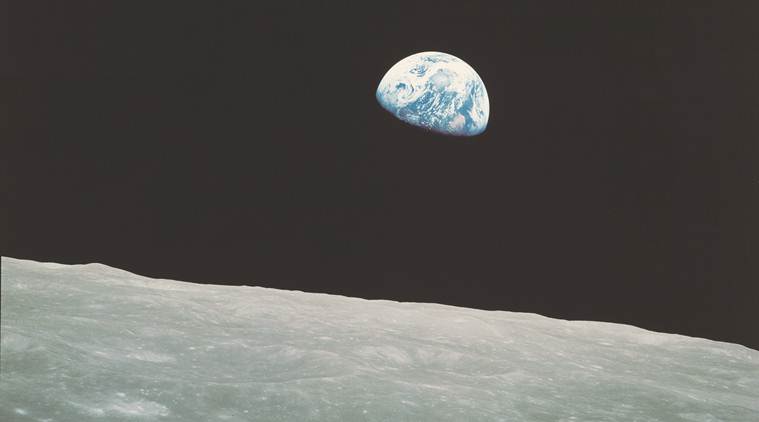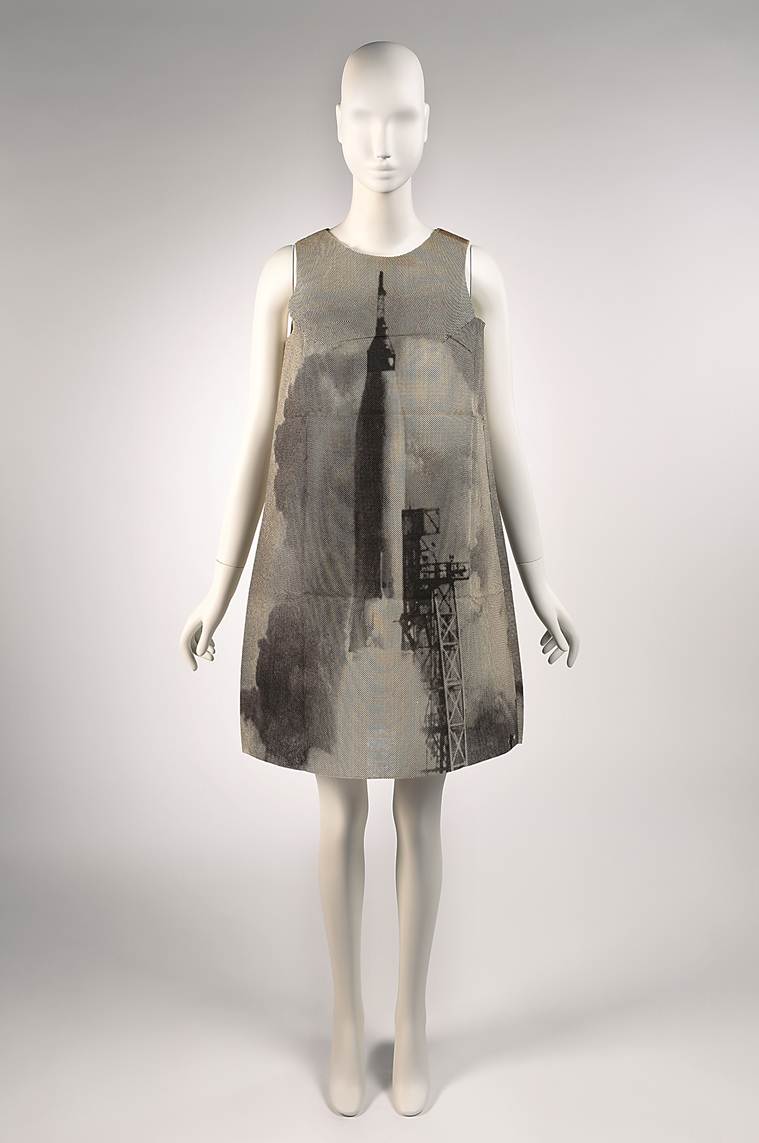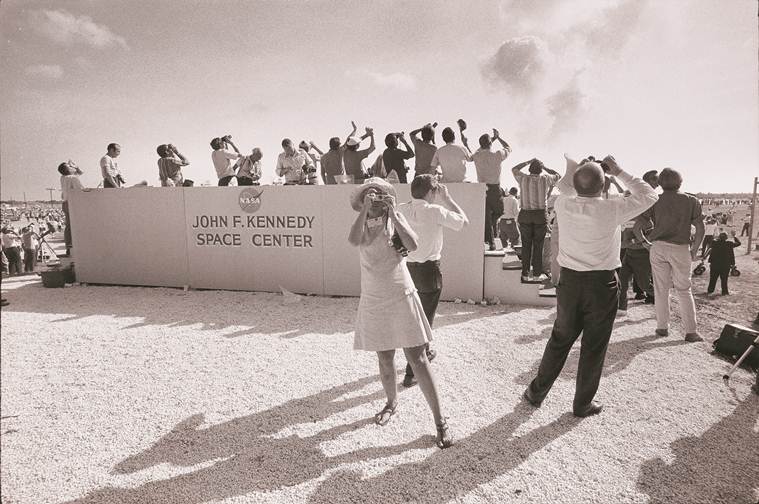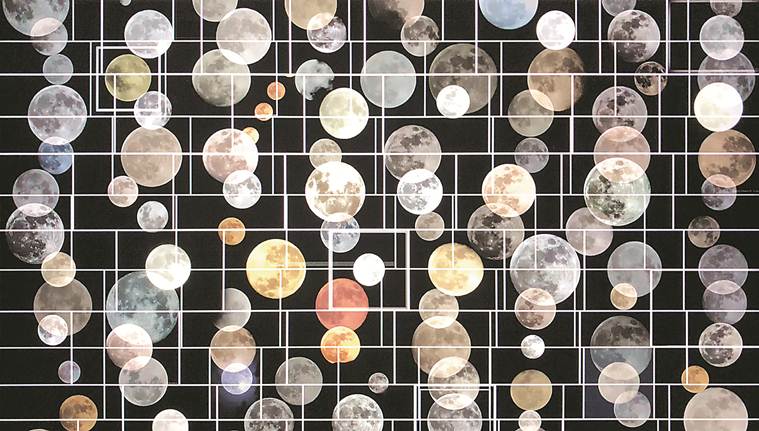
On July 20, 1969, half a billion viewers around the world watched as the Apollo 11 mission beamed back to earth the first television footage of American astronauts on the moon. This groundbreaking moment dramatically influenced the history of images and expanded the bounds of human perception. To celebrate the 50th anniversary of the Apollo 11 moon landing, the Metropolitan Museum of Art in New York is showcasing visual representations of the moon — from the dawn of photography through the present in the exhibition titled “Apollo’s Muse: The Moon in the Age of Photography”. On view till September 22, the show features more than 170 photographs, along with a selection of drawings, prints, paintings, films, video art, astronomical instruments and cameras used by Apollo astronauts.
“The moon has long been a nearly universal source of fascination and inspiration,” said Max Hollein, Director of the MET, adding, “The exhibition shows how photography introduced new dimensions to its documentation and interpretation and explores the tremendous impact that the 1969 moon landing had on artists of the time — the lasting effects of which still resonate today.”

The showcase traces the progress of astronomical photography and attempts to produce ever-sharper images of the moon, particularly during the 130-year period between the invention of photography in 1839 and the moon landing in 1969, as astronomers and artists capitalised on technological improvements to cameras and telescopes to create more accurate visual records of the lunar surface. It includes two newly discovered lunar daguerreotypes from the 1840s, believed to be the earliest existing photographs of the moon, and works by pioneers of lunar photography such as Warren De La Rue, Lewis Morris Rutherfurd and John Adams Whipple. A stunning photographic atlas of the moon, produced at the Paris Observatory between 1894 and 1908 by astronomers Maurice Loewy and Pierre Puiseux, is on display for the first time.
Mia Fineman, Curator in the Department of Photographs, MET, says it took them about two years to put together the show. “There are 27 lenders to the exhibition, including museums, libraries, university archives, artists’ foundations and individual collectors. About one-third of the works come from the MET’s collection,” she says.

Alongside the scientific achievements, the show also explores the use of the camera to create fanciful depictions of space travel and life on the moon, including George Melies’ original drawings for his film A Trip to the Moon (Le Voyage dans la lune, 1902) and a large selection of “paper moon” studio portraits from the early 20th century. Also featured are artists’ evocations of the otherworldly effects of moonlight, including major works by German Romantic painter Caspar David Friedrich and American pictorialist photographer Edward Steichen.
Fineman adds, “Because the exhibition spans the entire history of photography, from the 1840s to the present, it includes 19th-century photographs of the moon made through telescopes, as well as more contemporary black-and-white and colour photographs. As the technology of both photography and telescopes advanced, images of the moon grew sharper and more detailed. In the space race section, there’s a fascinating group of photographs of the moon captured robotically by crewless spacecraft and beamed back to earth via radio waves.”

Talking about the significance of the event, she says, “The first photographs and television footage of Neil Armstrong and Buzz Aldrin on the surface of the moon certainly represent a landmark moment in human history. Ironically, the space-age photographs that had the most powerful impact were not of the moon itself but of our own planet earth as seen from outer space.”
Advances in rocket science and the Cold War space race of the 1960s ushered in a new phase of lunar exploration. The exhibition features photographs captured by early lunar expeditions sent by the Soviet and American space programmes, culminating in the crewed missions of the Apollo programme. The final section of the show focusses on art created in the wake of the 1969 moon landing through the present day, including works by Nancy Graves, Aleksandra Mir, Nam June Paik and Robert Rauschenberg.
The exhibition is accompanied by an illustrated catalogue with essays by the curators and an introduction by Tom Hanks, a lifelong space enthusiast who has celebrated the legacy of Project Apollo as both an actor and documentary film producer.